Top 5 Tips for Getting Stronger
We all know the importance of warming up and cooling down as part of your exercise and training regime.
However, strength training is equally important as it has the potential to reduce the risk of injuries and improve your fitness and athletic performance by strengthening muscles, yet it can often be overlooked.
So, we’ve teamed up with the Welsh Athletics medical team to bring you 5 top tips for getting stronger.
Whilst this guide is geared towards strengthening in athletics, it can be applied to many other sports and other physical activities like running.
1. Lower Body
For most sports, your legs are what get you where you want to go and keep you moving forward.
Adding exercises into your training for foot & ankle strength, glute exercises and strengthening leg muscles will help with endurance and battling fatigue.
Taking part in a high-impact sport like athletics can also have an effect on your joints. Strength training may help this by strengthening your muscles, that in turn help stabilise and strengthen joints.
Physique Mini Bands are great for foot & ankle strength exercises and glute exercises & activations.
They’re lightweight and easy to carry, so you can include them with your outdoor training. Mini Bands come in four different resistance levels to suit your needs or for progressive training.

2. Shoulder and Upper Body
Your shoulders and upper body have a big part to play in how you move and affect things like posture, shoulder stability and more. Your upper body is particularly important in athletics when it comes to throwing, like would do in javelin, shot put or hammer throw.
Our bodies work as a unit, so by working on strengthening your upper body, it will help to enhance your posture which will aid in maintaining an upright position while running and help to stabilise the shoulder during throws.
Power bands are an excellent tool for shoulder & upper limb strength exercises, shoulder rehab and spinal strength exercises.
They’re versatile so can be added to a variety of strength, flexibility and rehabilitation exercises and are great for ramping up the intensity by adding resistance to movements.
3. Core Stability
Your back and abdominal muscles help to support your spine during movement. Establishing good core stability is important as it helps to maintain your form, providing a stable base when running, jumping or throwing, which can help reduce the risk of back injury.
Developing good core stability should also aid in improving your efficiency when running or moving fast, which could help with fatigue and allow you to be more economical in your movements and energy output.
Physique Gym Balls are very versatile and are great for a variety of exercises including core stability, hamstring strength exercises, postural exercises and more.
They boost core muscle activation by providing instability which engages multiple muscle systems.

4. Stability and Balance
While it may not be at the forefront of your mind when it comes to training, stability and balance are integral to running and athletics as they help you to control your body’s movements.
Working on your balance, stability and proprioception (sense of self-movement and body position) will help improve your core and stabilising muscles, which in turn will help improve your core strength and posture.
Balance Pads provide an unstable platform and are designed so the user must always focus and adjust their balance to stabilise themselves when training on the pad. This will help you improve your posture, balance, stability and agility.

5. External Resistance
This is resistance training that uses an external resistance, like weights, to cause your muscles to contract by lifting or pulling against resistance. This helps to build muscles that aid in strengthening your body.
Challenging your body by adding external resistance to your training, will help increase your strength, endurance, agility and balance which will all aid in enhancing movement.
One way of introducing external resistance is through using weights, and KettleBells are a great tool for this.
Available in a variety of weights to suit your needs, they’re versatile, easy to grip and great for workouts anywhere.
What the experts say
On why strength & conditioning is a vital part of training, Adam Rattenberry, Lead Performance Physiotherapist & Athlete Services Manager at Welsh Athletics said:
“Strength and conditioning form an integral part of our athletes' training across all event groups.
There are many great benefits from this type of training, not only the strength gains but improved power, joint stability and the ability to better tolerate forces involved with the movements of your sport, which all help with injury prevention.
There are many great and easy ways to incorporate strength training into your programme to allow you to reap these benefits.”
Tips for Building Strength & Stability Video
If you’re looking for further tips then take a look at these examples of Strength and Stability exercises from Welsh Athletics, for more videos like this, take a look at our Video Guides page.


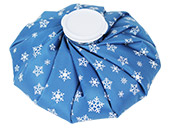
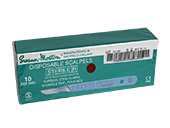

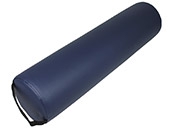
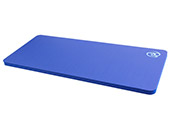
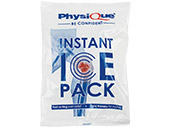
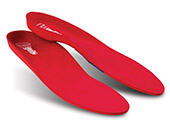
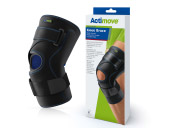
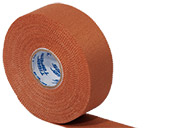
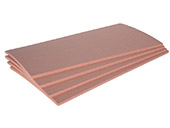

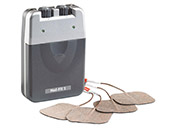

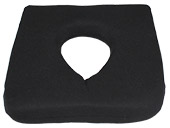
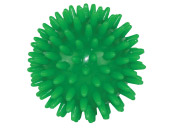
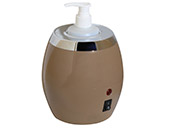
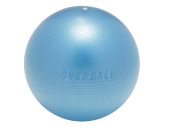

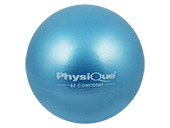
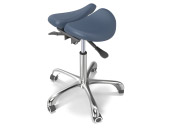
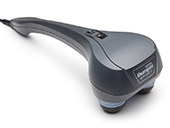
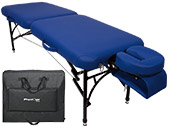
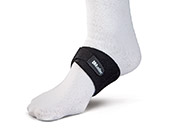

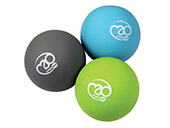
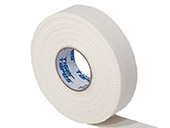
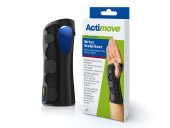
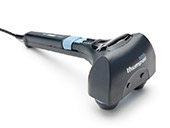
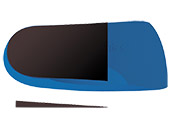
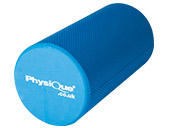
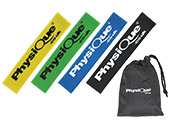
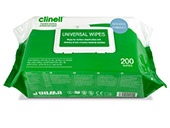
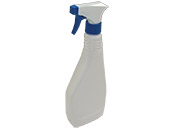
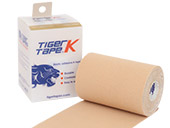
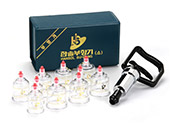
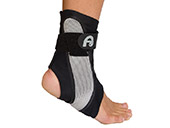


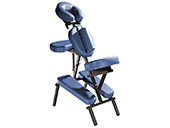
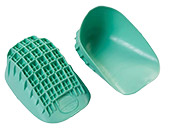

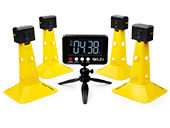
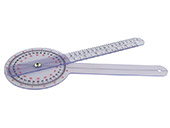


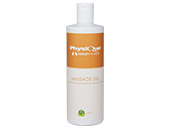
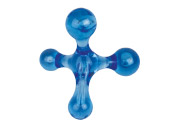
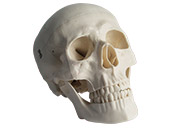

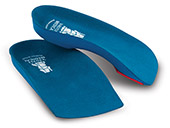
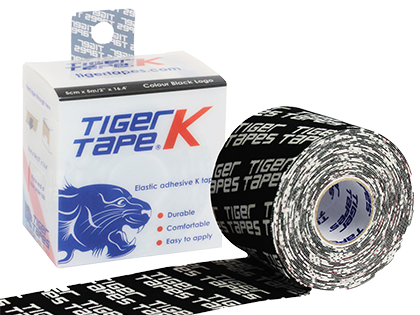
Did you find this article useful?
Why not share this with a colleague, patient or friend?